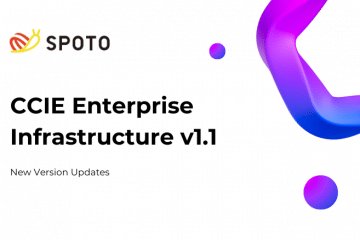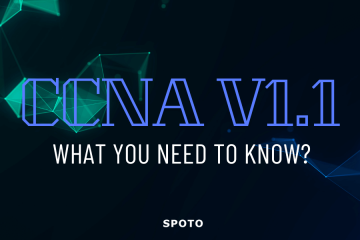
CCIE Enterprise Infrastructure v1.1 New Version Updates
Today, Cisco is introducing a new agile process they call minor revisions to keep up with the rapid evolution of products and technologies. it will allow the Cisco certification exams faster with the industry changes. Minor revisions provide Cisco the agility and speed they need to adapt their programs to industry changes and technological evolution.... » read more










